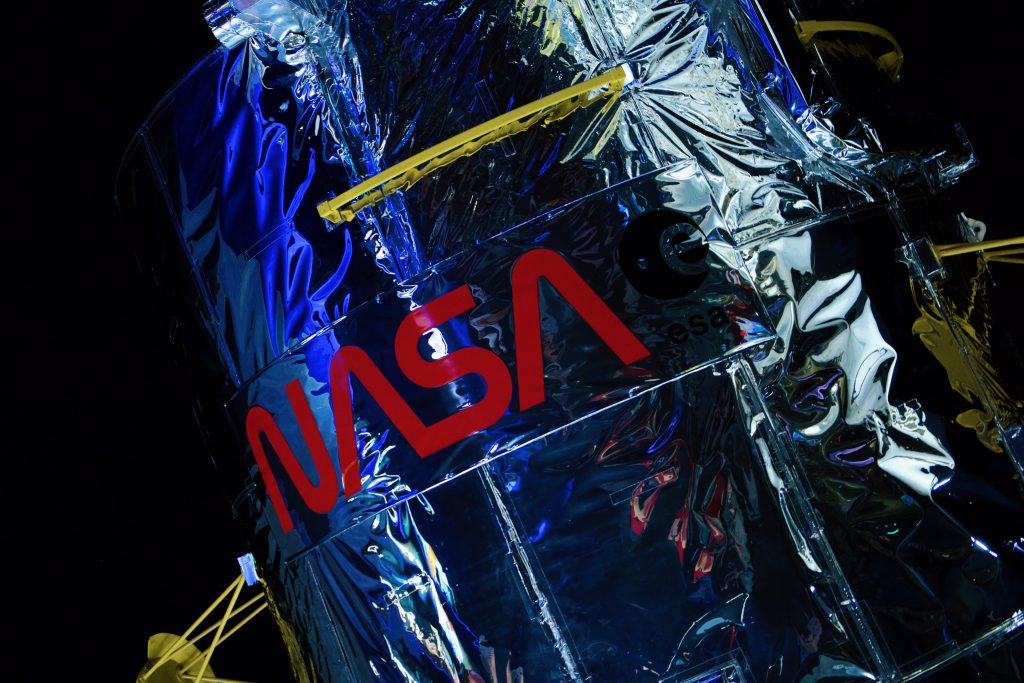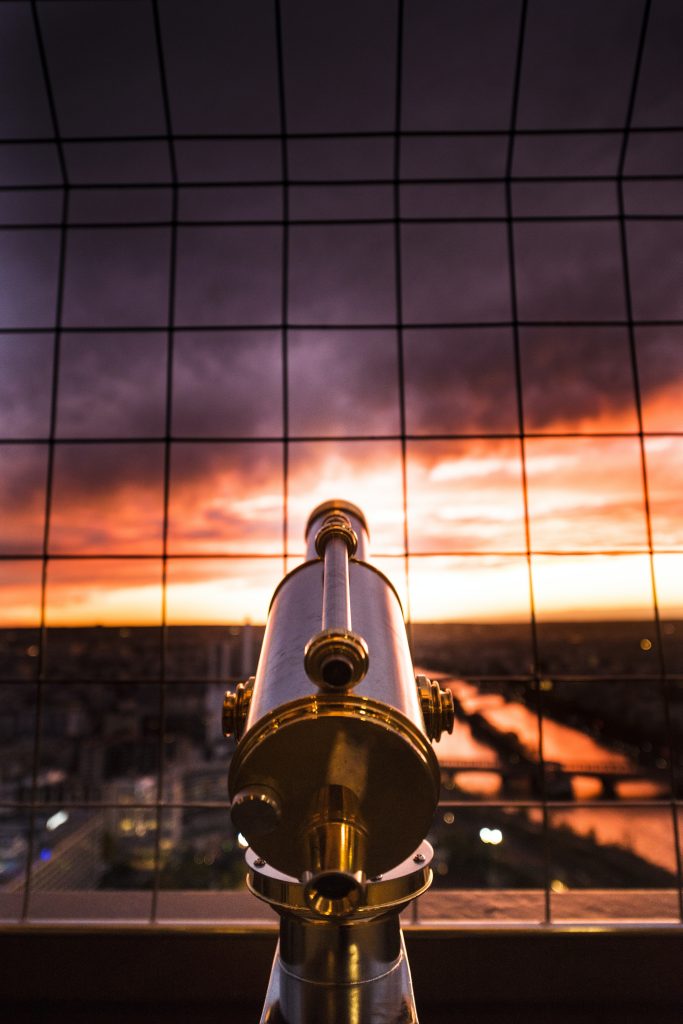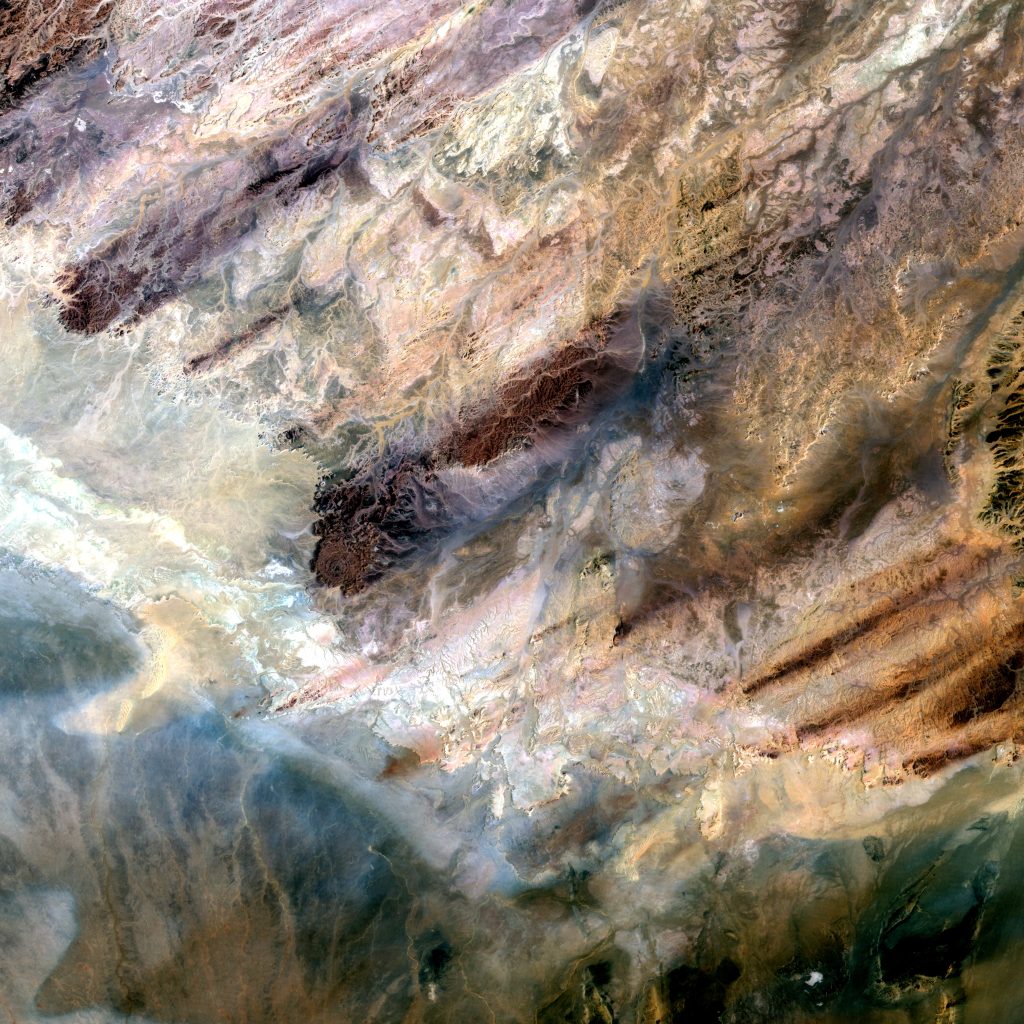Sure! Using a telescope to view comets and meteor showers can be a wonderful experience. When it comes to comets, they can often be visible to the naked eye, so a telescope can enhance your view and allow you to see details that may not be visible otherwise. With a telescope, you may be able to spot the glowing nucleus, tail, and any other features that make comets so intriguing. As for meteor showers, a telescope may not be necessary as most meteors are best observed with the naked eye. However, a telescope can still be used to observe individual meteors and potentially capture some stunning images. So, if you have access to a telescope, why not give it a try and see what amazing celestial sights you can discover!
Telescopes for Viewing Comets and Meteor Showers
Introduction to Telescopes
Telescopes are incredible tools that allow you to explore and observe the wonders of the universe from the comfort of your own backyard. These optical instruments work by collecting and magnifying light, providing a closer look at celestial objects such as comets and meteor showers. While telescopes are not always necessary for observing these phenomena, they can greatly enhance the viewing experience and allow you to delve deeper into the details.
Types of Telescopes
When it comes to choosing a telescope for viewing comets and meteor showers, there are several types to consider. Refractor telescopes use lenses to gather and focus light, while reflector telescopes utilize mirrors for the same purpose. Compound telescopes, also known as catadioptric telescopes, combine both lenses and mirrors to create a compact and versatile instrument. It’s important to weigh the pros and cons of each type before making a decision based on your individual preferences.
Telescope Features
While the type of telescope is an important consideration, there are also several features that can enhance your viewing experience. Aperture, or the diameter of the telescope’s main lens or mirror, determines the amount of light the telescope can gather. A larger aperture generally allows for a brighter and more detailed view. Focal length, on the other hand, is the distance between the telescope’s main lens or mirror and the point where the image is focused. A shorter focal length often results in a wider field of view, while a longer focal length provides more magnification.
Choosing the Right Telescope
Choosing the right telescope for viewing comets and meteor showers depends on a variety of factors such as your budget, experience level, and specific observing goals. If you’re a beginner, it’s generally recommended to start with a smaller, more affordable telescope to become familiar with the basic functions and handling. As you gain experience and become more passionate about observing celestial events, you can consider investing in a higher-quality instrument. Additionally, seeking guidance from experienced astronomers or knowledgeable sales representatives can be invaluable in making an informed decision.
Understanding Comets
What Are Comets?
Comets are celestial objects consisting of ice, rock, and dust that orbit the Sun in elongated elliptical paths. Often described as “dirty snowballs,” comets are composed of a nucleus, which is the solid core, and a coma, which is the gaseous envelope surrounding the nucleus. When a comet comes closer to the Sun on its orbit, the heat causes the icy nucleus to vaporize, creating a glowing coma and often a visible tail. Comets are thought to originate from the outer regions of the solar system, providing valuable insights into the early stages of our cosmic neighborhood.
Comet Characteristics
Each comet has its own unique characteristics, making them fascinating subjects for observation. The nucleus of a comet can vary in size, ranging from a few kilometers to tens of kilometers in diameter. The coma, which forms around the nucleus, consists of gas and dust that are released as the comet approaches the Sun. This coma can extend for thousands of kilometers and is what gives comets their distinct fuzzy appearance. Additionally, comets often develop a tail as they get closer to the Sun, which can stretch for millions of kilometers in length.
Comet Observation Challenges
Observing comets can present some challenges due to their unpredictable nature and the conditions required for optimal viewing. One of the major challenges is locating the comet in the night sky, as their positions can vary and they are not always easily visible. Additionally, comets often appear faint and require dark skies and clear conditions for optimal viewing. Finally, timing is crucial when observing comets, as they can only be seen during their perihelion, the point in their orbit when they are closest to the Sun.

Observing Comets with a Telescope
Optimal Conditions for Comet Observation
To maximize your chances of successfully observing a comet with a telescope, it’s important to choose the right conditions. A dark and clear sky away from light pollution is ideal, as it allows for better visibility of the faint comet. Pay attention to the Moon phase, as a bright moon can interfere with the observation. Be patient and plan your observation sessions during the comet’s perihelion, when it is closest to Earth and at its brightest.
Telescope Setup for Comet Viewing
Setting up your telescope properly is crucial for capturing a clear and detailed view of a comet. Begin by ensuring that the telescope is collimated, meaning that the optical components are aligned. This will ensure that the light entering the telescope is focused properly and results in a sharp image. Next, attach an appropriate eyepiece to achieve your desired magnification level. Finally, find the comet by using a star chart or astronomy app and align your telescope accordingly.
Recommended Magnification
Optimal magnification for observing comets can vary depending on the comet’s size and brightness. As a general rule of thumb, start with lower magnification to locate the comet and view its overall appearance. Once located, gradually increase the magnification to observe finer details and structure within the coma and tail. Experimenting with different magnifications will help you find the perfect balance between clarity and brightness.
Observing Techniques
When observing comets, it’s important to be patient and allow your eyes time to adapt to the darkness. Avoid staring directly at the comet, as this may cause it to appear fainter. Instead, use averted vision by looking slightly to the side of the object, allowing the more sensitive parts of your retina to pick up more details. Take your time to carefully observe the comet’s evolving shape, size, and any visible changes in its tail. Patience and dedication will reward you with a more fulfilling viewing experience.
Comet Photography
Capturing stunning photographs of comets can be a rewarding challenge for astronomy enthusiasts. To photograph a comet, you will need a camera with manual settings, a tripod, and a telephoto lens or telescope. Set your camera to a low ISO setting to reduce noise and use a long exposure time to capture more light. It can be helpful to track the comet’s movement using specialized equipment or adjust the exposure time accordingly. Experiment with different settings and techniques to achieve the best results.
Meteor Showers
What Are Meteor Showers?
Meteors, or shooting stars, are streaks of light that occur when debris from comets or asteroids enters Earth’s atmosphere and burns up due to friction. Meteor showers are events where a large number of meteors appear to radiate from a specific point in the sky, known as the radiant. These showers occur at regular intervals as Earth passes through the debris left behind by comets and asteroids. Meteor showers can be a captivating spectacle, offering an opportunity to witness numerous shooting stars in a single night.
Meteor Shower Phenomena
Meteor showers are named after the constellation in which their radiant lies. For example, the Perseid meteor shower radiates from the constellation Perseus. The number and intensity of meteors during a shower can vary, with some showers producing only a few meteors per hour, while others can produce hundreds or even thousands. The peak of a meteor shower is the best time to observe, as the rate of meteors is usually highest during this period. However, the brightness of the Moon and weather conditions can also impact visibility.
Meteor Shower Observation Challenges
Observing meteor showers can be a delightful experience, but certain challenges should be considered. Light pollution from cities and streetlights can greatly diminish the visibility of meteors, so it’s best to find a dark location away from artificial light sources. Additionally, weather conditions such as clouds or haze can obstruct the view. Patience is key when observing meteor showers, as it may take some time for your eyes to adjust to the darkness and for meteors to become more frequent.

Using a Telescope for Meteor Shower Viewing
Optimal Conditions for Meteor Shower Observation
When using a telescope to view meteor showers, it’s important to wait for the optimal conditions. Choose a location with minimal light pollution and a clear view of the sky. Check weather forecasts in advance to avoid cloudy nights. Since meteor showers occur during specific timeframes, ensure that you plan your observation during the peak of the shower for the maximum chance of seeing multiple meteors.
Telescope Setup for Meteor Shower Viewing
Setting up your telescope for meteor shower viewing is comparatively simpler than for other astronomical events. Depending on your telescope, you may not need to adjust the focus or change the eyepiece. Instead, position your telescope to face the radiant of the meteor shower and use a wider field of view to increase the chances of capturing passing meteors. Keep in mind that the primary focus of meteor shower viewing is the naked eye observation rather than telescope usage.
Recommended Magnification
Since meteor showers involve fast-moving objects, it is not recommended to use high magnification with a telescope. Higher magnification can limit the field of view and make it challenging to capture passing meteors. It is advisable to use lower magnification settings that provide a wider field of view, allowing you to observe and enjoy the movement of meteors across the sky.
Observing Techniques
The most effective technique for observing meteor showers is to relax, lie down, and keep your eyes peeled on the sky. Avoid using binoculars or a telescope, as they limit the field of view and may cause you to miss meteors. Allow your eyes to adapt to the darkness by avoiding bright lights, and maintain patience as the frequency of meteors can vary throughout the night. The key is to embrace the natural beauty of meteor showers and enjoy the spectacle without any technical distractions.
Meteor Shower Photography
Photographing meteor showers can be a challenging yet rewarding endeavor. To capture meteors in your photographs, set your camera to a high ISO setting to maximize sensitivity to faint light. Use a wide-angle lens to capture a larger portion of the sky and set your aperture to a low f-stop to let more light into the camera. It’s best to use a tripod and a cable release or self-timer to avoid camera shake. Be prepared for a bit of trial and error, as capturing a meteor in a photograph requires good timing and a bit of luck.
Useful Accessories for Telescope Viewing
Eyepieces
Eyepieces are essential accessories for telescopes, as they determine the amount of magnification and the field of view. Having a variety of eyepieces with different focal lengths can greatly enhance your viewing experience. Shorter focal length eyepieces provide higher magnification, allowing for a more detailed view of celestial objects, while longer focal length eyepieces provide a wider field of view, making it easier to locate objects.
Barlow Lenses
Barlow lenses are optical devices that can be inserted between the telescope and the eyepiece to increase the effective focal length, resulting in higher magnification. They are a cost-effective way to achieve higher magnification without the need for additional eyepieces. Barlow lenses come in various magnification factors, and it’s important to choose one that suits your needs and telescope’s capabilities.
Filters
Filters are useful accessories for enhancing the visibility of certain celestial objects and reducing unwanted glare or light pollution. A moon filter can dim the brightness of the Moon, allowing for better observation of lunar features. Additionally, nebula filters can enhance the contrast and details of nebulae, while light pollution filters can minimize the impact of artificial lights, making faint objects more visible.
Stargazing Apps
Stargazing apps have become indispensable tools for astronomers of all levels. With the help of GPS and augmented reality technology, these apps can accurately identify and locate celestial objects, including comets and meteor showers, in real-time. Some popular stargazing apps include SkyView, Star Walk, and Stellarium. These apps allow you to plan and navigate your observing sessions with ease, providing valuable information about the objects you wish to observe.
Sky Maps
Sky maps or star charts are physical or digital maps of the night sky that assist in locating various celestial objects. These maps indicate the positions of stars, constellations, and other celestial phenomena at specific times and dates. Sky maps can be a valuable aid for finding comets and meteor showers, helping you identify their radiant and track their movements across the sky.

Tips for Successful Viewing
Dark Sky Locations
To enhance your viewing experience, choose a dark sky location away from the glowing lights of cities and towns. Light pollution can greatly diminish the visibility of comets and meteors, so finding a spot with minimal artificial light is key. National parks, rural areas, or high altitudes are often excellent options for observing celestial events without the interference of excessive light pollution.
Weather Conditions
Weather conditions play a crucial role in successful viewing. Clear skies are obviously preferred, as clouds and haze can obstruct your view. Keeping an eye on weather forecasts and choosing nights with optimal conditions such as low humidity and minimal atmospheric disturbances can significantly increase your chances of observing comets and meteor showers.
Patience and Preparedness
Observing comets and meteor showers requires patience and preparedness. It’s important to allocate enough time to create a relaxed and enjoyable experience. Plan ahead by checking the dates and times of celestial events, prepare your equipment in advance, and set up your observing area comfortably. Remember to dress warmly and bring snacks and drinks to stay comfortable during long observation sessions.
Understanding Light Pollution
Light pollution from streetlights, buildings, and other sources can significantly reduce visibility. Understanding the impact of light pollution in your area and making efforts to minimize its effects can greatly enhance your viewing experience. Using light pollution filters, selecting dark sky locations, or joining local astronomy groups can provide insights and resources for combating light pollution.
Learning the Night Sky
Familiarizing yourself with the night sky can greatly enhance your enjoyment of comets, meteor showers, and other celestial events. Spend time studying star charts, identifying constellations, and learning about the major stars and landmarks in the night sky. This knowledge will not only help you locate and track comets and meteor showers but also deepen your appreciation for the vastness and beauty of the universe.
Common Challenges and Solutions
Tracking Moving Objects
One of the challenges of observing comets and meteor showers is tracking their movement across the sky. To address this, you can use motorized mounts or telescopes with tracking capabilities. These devices automatically adjust the telescope’s position to compensate for the Earth’s rotation, allowing for more prolonged and focused observation of celestial objects.
Managing Light Pollution
Light pollution can be a major obstacle when it comes to observing comets and meteor showers. To mitigate its effects, choose observing locations away from cities and urban areas. Utilize light pollution filters to reduce the impact of surrounding lights. Research local astronomy clubs and organizations advocating for darker skies, as they can provide valuable resources and information on minimizing light pollution.
Handling Weather Conditions
Weather conditions are often unpredictable and can pose challenges to observing comets and meteor showers. Check weather forecasts ahead of time and plan your observation sessions accordingly. If unfavorable weather is expected, consider rearranging your schedule or finding alternative locations with better conditions. Being flexible and adaptable can greatly increase your chances of successful observation.
Adjusting to Different Celestial Events
Every celestial event, whether it’s a comet or a meteor shower, presents its own unique challenges. Take the time to understand the specific properties and characteristics of the event you plan to observe. Research the best observation techniques, necessary equipment, and recommended timing. Being well-informed and prepared for each celestial event will greatly enhance your chances of a rewarding viewing experience.
Conclusion
With the right telescope, understanding of comets and meteor showers, and preparation, you can unlock an exciting world of cosmic wonders. Telescopes offer a closer look at these spectacular phenomena, revealing intricate details and enhancing your appreciation of the vastness of the universe. By choosing the right conditions, setting up your telescope properly, and employing effective observation techniques, you will be well on your way to capturing stunning views of comets and meteor showers. So grab your telescope, venture out to the darkness of the night, and prepare to be amazed by the captivating beauty of the cosmos. Happy stargazing!











